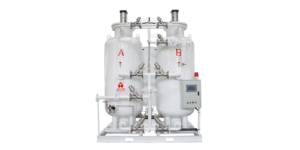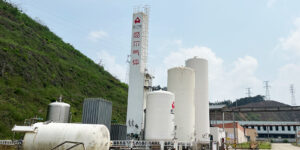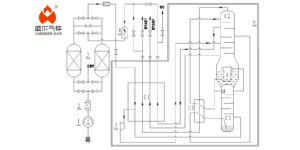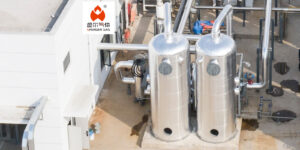Cryogenic air separation plants are at the heart of producing industrial gases like oxygen, nitrogen, and argon in their purest forms. In this comprehensive guide, we will delve into the principles, process, and applications of cryogenic air separation, shedding light on this crucial technology that supports various industrial sectors.
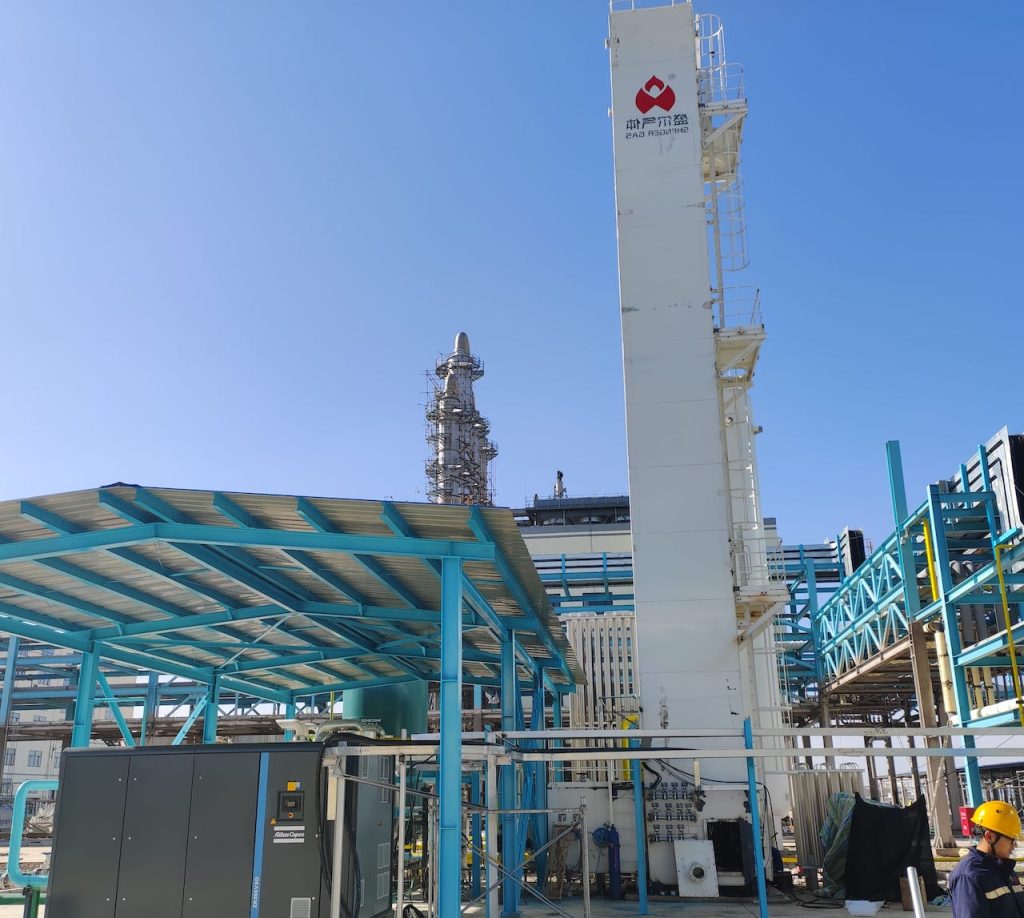
What is Cryogenic Air Separation?
Cryogenic air separation is a process used to separate air into its constituent gases – primarily oxygen, nitrogen, and argon. The term ‘cryogenic’ refers to very low temperatures required for the process, typically below -150°C. At these extreme temperatures, air components liquefy, making it easier to separate them based on their different boiling points.
How Does it Work?
- Air Compression and Purification: The process begins with the atmospheric air being drawn into the system and compressed. This compression not only increases the pressure of the air but also raises its temperature. During this stage, impurities like water vapor, carbon dioxide, and hydrocarbons are removed. These impurities must be eliminated because they can freeze in subsequent stages and cause blockages.
- Heat Exchange and Cooling: The compressed air then passes through a series of heat exchangers. In these exchangers, the air is progressively cooled to temperatures close to its liquefaction point. This cooling process is crucial as it prepares the air for efficient separation in the distillation column.
- Expansion for Further Cooling: A critical step in further reducing the temperature of the air involves an expansion turbine or expander. This device performs adiabatic expansion, which significantly reduces the temperature of the air. Some of the air can be diverted through the expander to provide refrigeration for the process.
- Distillation: The cooled air, now in a partially liquefied state, enters the distillation column. Here, due to the different boiling points of the constituent gases, a separation process occurs. Nitrogen, which has the lowest boiling point, is collected at the top of the column, while oxygen, with a higher boiling point, is collected from a lower section. Argon and other rare gases are extracted from appropriate levels in the column based on their respective boiling points.
- Storage and Distribution: The separated gases are then either stored in cryogenic tanks for transportation or piped directly to their point of use. These gases are stored at low temperatures to maintain their liquid state, which makes transportation and storage more efficient.
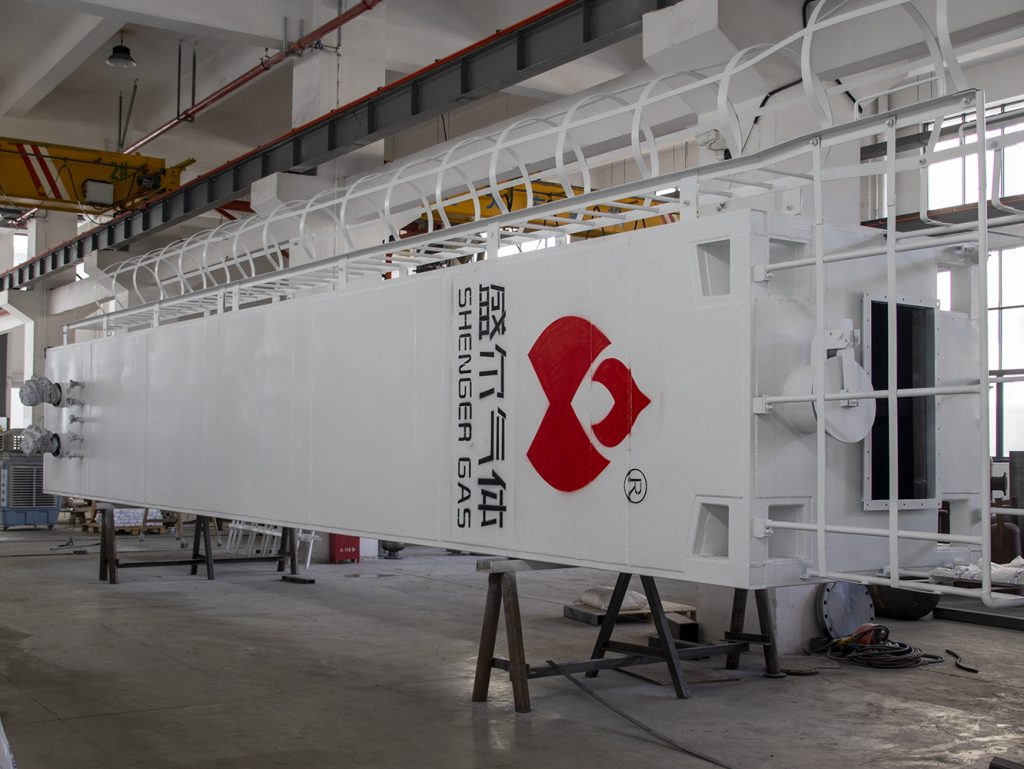
Applications of Cryogenic Air Separation:
- Medical Industry: Produces medical-grade oxygen for hospitals and healthcare facilities.
- Industrial Processes: Nitrogen and argon are used in welding, steelmaking, and other manufacturing processes.
- Food and Beverage Industry: Nitrogen is used in food preservation and packaging.
- Aerospace and Electronics: High-purity gases are essential in these precision industries.
Advantages of Cryogenic Air Separation:
- High Purity: It can achieve extremely high purity levels, over 99% for oxygen and nitrogen.
- Scalability: Suitable for large-scale production of industrial gases.
- Reliability: Provides a continuous supply of gases with consistent purity.
Challenges and Future Directions:
While cryogenic air separation is efficient and effective, it faces challenges like high energy consumption and the need for sophisticated equipment. Future advancements are likely to focus on increasing energy efficiency, reducing environmental impact, and integrating renewable energy sources.
Conclusion:
Cryogenic air separation plants play a vital role in various industries, providing essential gases with high purity. Understanding this technology’s workings, applications, and future potential helps appreciate its importance in the modern industrial landscape.



